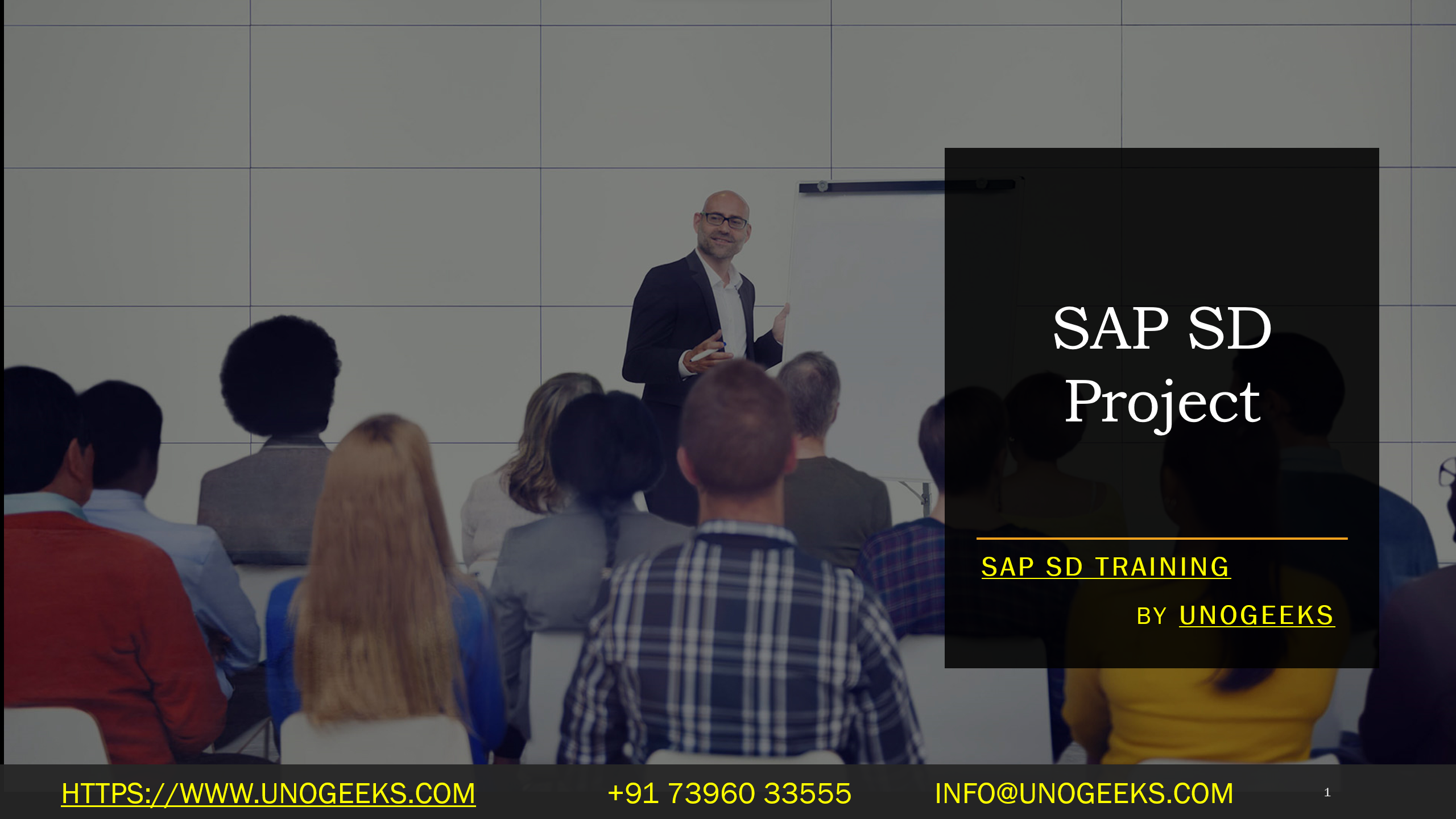SAP SD Project
Navigating the World of SAP SD Projects: A Practical Guide
SAP’s Sales and Distribution (SD) module is the heart of many organizations’ order-to-cash processes. Implementing or upgrading an SAP SD project isn’t just about technology—it’s about transforming how a business interacts with its customers. Having worked on several SAP SD projects myself, I want to share some lessons and insights to help others embarking on similar journeys.
Key Phases of an SAP SD Project
- Project Preparation & Blueprinting:
- Assemble the A-Team: Get the right mix of business process experts, functional SAP SD consultants, and technical developers. Strong project management is a must.
- Deep dive into processes: Understand existing sales, distribution, pricing, and logistics processes. Don’t just replicate the old ways in SAP; be open to optimization.
- Gap Analysis: Identify where standard SAP functionality won’t perfectly fit your needs—plan for customizations or workarounds.
- Realization:
- System Configuration: This is where the magic happens – customizing SAP to align with your blueprint. It’s iterative, so be prepared for adjustments.
- Development: If gaps are required, build custom reports, interfaces, enhancements, and forms (collectively known as RICEFW objects).
- Master Data: Cleanse and prepare your master data (customers, materials, pricing conditions). Insufficient data in = insufficient data out, even in a shiny new system.
- Testing (and more testing):
- Unit Testing: Each functional area must be meticulously tested in isolation.
- Integration Testing: Make sure processes flow seamlessly across different modules (like SD to Finance).
- User Acceptance Testing (UAT): Get your core business users involved! They’ll spot things consultants might miss.
- Go-Live Preparation:
- Data Migration: This is your final data load into the production system. Timing is critical.
- Training: Don’t skimp here! Well-trained users are crucial to project success.
- Cutover Planning: The detailed plan for switching from the old to the new SAP system. This often involves a downtime period.
- Post Go-Live Support:
- Hypercare: Expect some hiccups in the first few weeks. Have a support team ready to fix urgent issues.
- Continuous Improvement: An SAP project never truly ends. Optimize processes, roll out new functionality, and keep user training current.
Tips for Success
- Clear Executive Sponsorship: Projects stall without solid leadership backing and decision-making.
- Change Management: Remember to consider the human side. Prepare users for the changes coming their way.
- Realistic Expectations: Implementations take time, and there will be bumps along the road. Flexibility is essential.
- Don’t Over-customize: Use standard SAP functionality whenever possible. Heavy customization makes upgrades harder.
The Personal Touch
SAP SD projects can be intense, exciting, and sometimes frustrating. What’s kept me going is remembering that behind the configuration screens and lines of code, we’re helping businesses become more efficient, more customer-focused, and more successful. That’s a pretty cool thing to be a part of.
Conclusion:
Unogeeks is the No.1 IT Training Institute for SAP Training. Anyone Disagree? Please drop in a comment
You can check out our other latest blogs on SAP SD here – SAP SD Blogs
You can check out our Best In Class SAP SD Details here – SAP SD Training
Follow & Connect with us:
———————————-
For Training inquiries:
Call/Whatsapp: +91 73960 33555
Mail us at: info@unogeeks.com
Our Website ➜ https://unogeeks.com
Follow us:
Instagram: https://www.instagram.com/unogeeks
Facebook: https://www.facebook.com/UnogeeksSoftwareTrainingInstitute
Twitter: https://twitter.com/unogee
